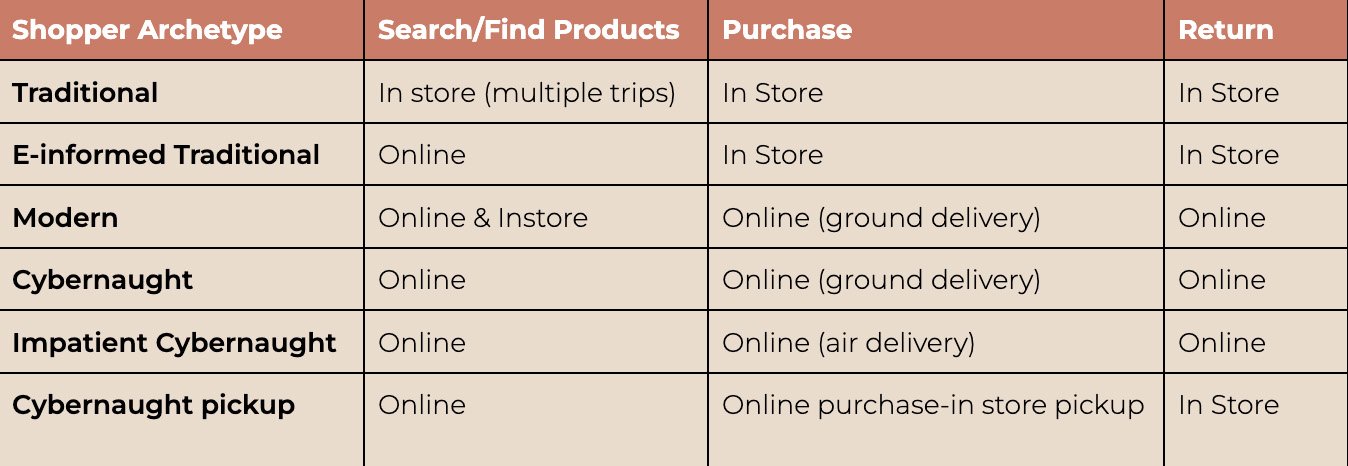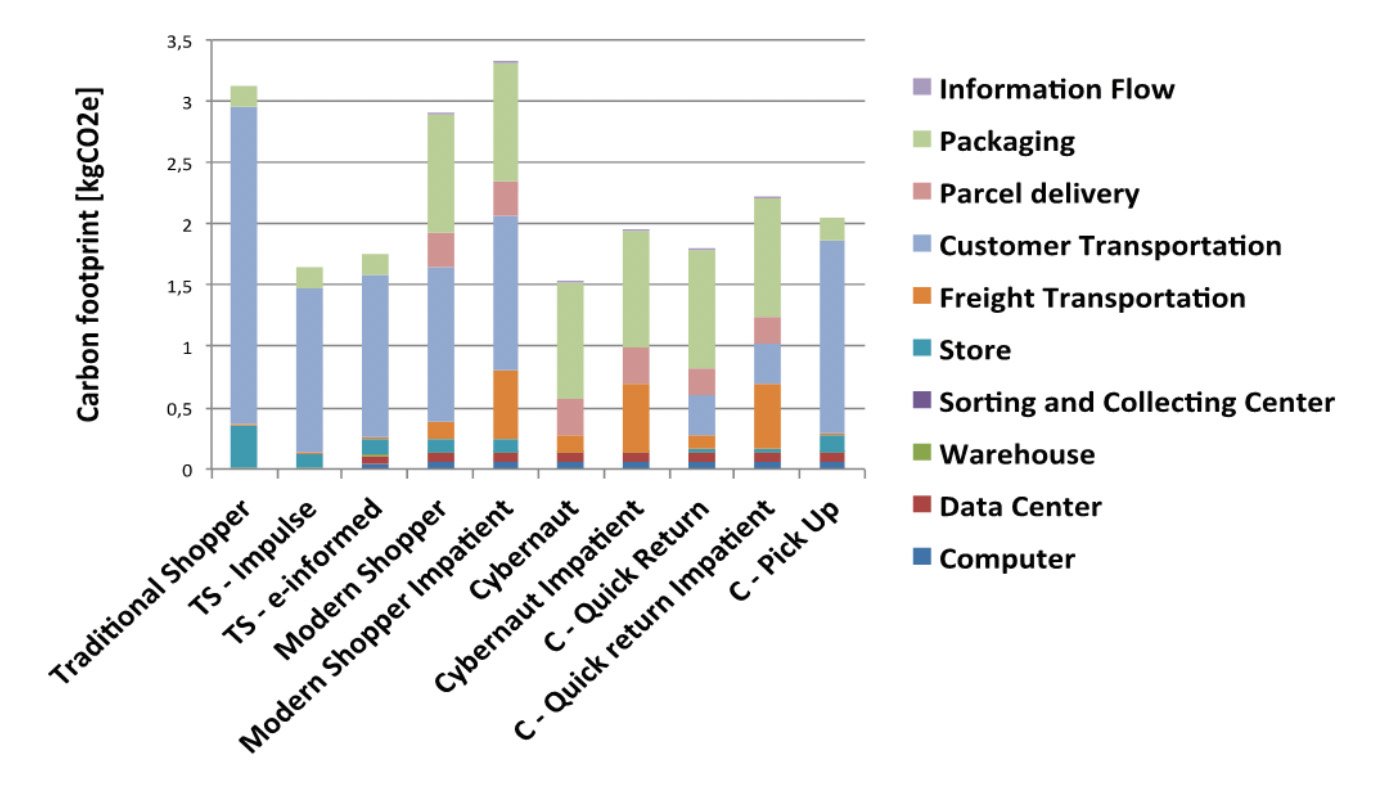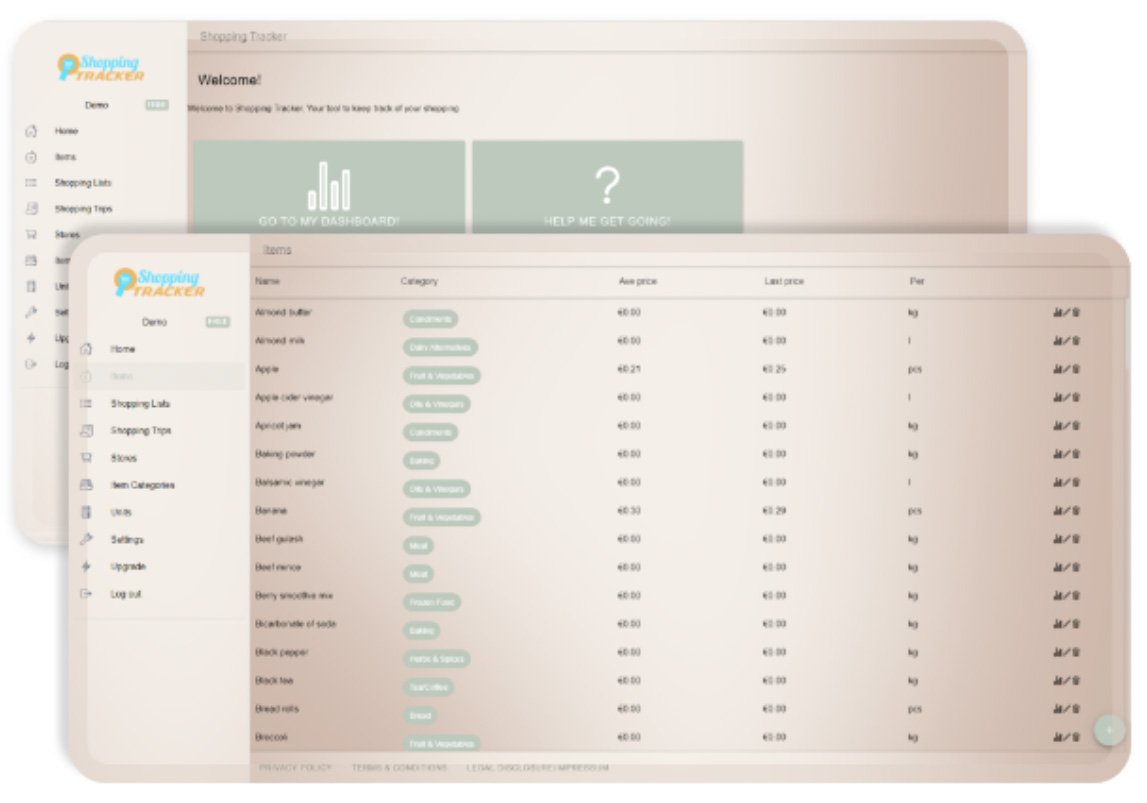The facts.
-
Online shopping now comprises ~16% of all shopping in the USA
-
Worldwide, it accounts for ~20% of all retail purchases
-
Amazon accounts for ~38% of all online purchases followed by Walmart and Apple, eBay and Target.
-
It is truly a global phenomenon with over 50% of people purchasing internationally
-
Apparel is the most commonly bought item, accounting for ~29% of the market
-
Approximately 16% of all items are returned
The big picture.
Today, we have a lot of options when it comes to shopping and you may be considering which is a kinder way to shop, in person or online? Convenience has become paramount, globally we’ve embraced the ease of online shopping despite the redundant packaging and delivery trucks clogging city streets. Yet, on the other hand, we still haven’t given up the pleasure of driving to our favorite neighborhood or mall to shop in person, we still enjoy the tactile experience and thrill of finding something unexpected. Undoubtedly, there are benefits and drawback to both, but when we analyze it from multiple perspectives we can find ways to shop that are kinder to ourselves, others, and the environment. Here’s how to shop sustainably.
Taking the environment into consideration.
The MIT center for transportation and logistics did an analysis of the environmental impact of different types of shoppers. They divided customers into several archetypes–you can dig into the full list here but the commonest ones are listed at right.
Which one is similar to your habits? You can see below the carbon footprint for each of the archetypes.
The 100% online shopper (Cybernaught’s) carbon footprint had half the carbon footprint of the traditional instore shopper.
The traditional shopper (who goes to multiple stores and buys in store) has one of the highest carbon footprints
The modern shopper, who browses at multiple stores and online and then makes the purchase online, has a carbon footprint which is almost the same as a traditional shopper. If this person adds expedited shipping, they have the highest footprint of all.
Most other methods of shopping are roughly the same. So, what does this mean and how can we modify our environmental impact? Doing most of our shopping activities online is generally more energy efficient due to the optimized transportation logistics of e-commerce vs the inefficient process of driving ourselves around in our cars. Using public transportation, if possible, significantly offsets the carbon footprint of driving around. Bundling trips to the store (in person shopping) or bundling packages (online) is also a great practice that increases shopping’s sustainability.
Shopping’s impact on people.
Shopping is one of the biggest employment sectors and comprises jobs in warehousing, shipping, delivery and retail storefront. Walmart is the largest private sector employer in the US with 1.6M associates while Amazon is rapidly catching up with 1.54 total employees. Let’s take a look at the types of jobs so that we can understand the impact on people.
Warehousing
-
According to the US Bureau of Labor Statistics, there are a little over 1.9M Americans employed in this sector with jobs in shipping, stocking, freight and distribution
-
The average person here works approx 39h/week and makes a little over $23/hr
-
Some common workplace issues are related to repetitive work and risk of injury from lifting and moving multiple and heavy objects
Delivery
-
According to the US Bureau of Labor Statistics, there are a little over 75K Americans employed in this sector with jobs in messenger and delivery including US postal workers
-
The average person here makes a little over $16/hr and it is likely that these numbers are underestimated due to the gig economy
-
Some common workplace issues are related to vehicle problems, traffic congestion, deliveries taking too long and access to bathrooms
Retail | Brick & Mortar
-
According to the US Bureau of Labor Statistics, there are a little over 1.55M Americans employed in sector with jobs as cashiers,customer service reps, salespeople and stockers
-
The average person here works approx 29h/week and makes a little over $20/hr
-
Some common workplace issues include job insecurity and long shifts which are often demanding physically and mentally, especially in this era of increasingly rude and insensitive customers.
How shopping affects our personal wellbeing.
This topic would be incomplete without talking about how shopping, whether instore and online, affects our personal wellbeing.
Shopping with friends or family in person can be a fun, energizing and social experience. It’s a great way to spend several hours laughing and exploring with friends.
However, the line between shopping for fun and materialism/consumerism is razor thin and blurred. It is very easy to fill our shopping bags with things that we don’t need or can’t afford especially when we are in a group setting.
In addition, having too much stuff is associated with mental health challenges. Tim Kasser, PhD, in his book, The High Price of Materialism, writes that when people organize their lives around things like products and social status from material items, they are unhappier in relationships, have poorer moods and suffer psychological problems. It appears that this stress we feel with clutter is real may affect our kids negatively too.
What does this mean and how can we modify our impact on ourselves?
It’s really important to think about what we really need vs what we want and try to purchase only what you need. Be alert that clever marketing and the ease of internet shopping has increased our impulse shopping, it’s very easy to click and purchase. So, try and take a step back, wait a couple of days before making impulse purchases. If you still want it badly in two days, then you probably really do want it. To decrease accumulation, another strategy is 1:1 replacement. If you buy something, ask yourself what item could you donate or sell to make space for it.
How to shop sustainably… the choices!
Life-focused
If your focus is on being kind to living things, we recommend trying to buy from businesses which treat their employees well and those which give back to society. Bundle your online deliveries especially around busy times like the holidays when delivery workers are stretched very thin. And, be patient with retail workers. Often they are stretched thin and are likely not intentionally trying to slow you down.
Shopping is an important source of jobs in our country. It directly provides valuable employment for roughly 3.6M people, not including all the various support functions. These jobs are not always easy. Patience and care is probably the biggest way that we can impact this. In our high paced world, it’s worth asking ourselves how urgently do we need something and what can we do to reduce the stress in retail system that is often running on thin reserves.
If you are shopping in person, there is some evidence that local businesses who source their goods locally have an outsized positive impact on the local economy through employment and giving back to the community. This is not always true and is prone to false marketing, so definitely do your research.
Earth-focused
If your focus is on the earth and environment, our recommendation is to browse, learn about, and research your products online as much as possible.
Purchase online if it makes sense and you really don’t need something urgently, and opt for ground transportation. Remember Amazon Prime is often air shipping.
Bundle trips to the store and if you can walk/bike/carpool with a friend for your errands, please do so.
Minimize how much you return items. If you must return, bundling returns by dropping off at a nearby central return will be good especially for large items which have a heavy carbon footprint. Of course, bundle this trip with other errands – don’t drive out solely for this.
Holistic
If you are considering both a life and environmental focus, we encourage you to reduce how much you consume. Buy only what you need and minimize returns.
Consider logging your shopping trips and purchases over a month to determine how much you consume – will you be surprised?
Try to automate delivery of staples and commonly used items like paper toiletries.
Limit shopping as a social activity – substitute interactive social activities and time outdoors.
Additional resources.
For a deeper dive.





